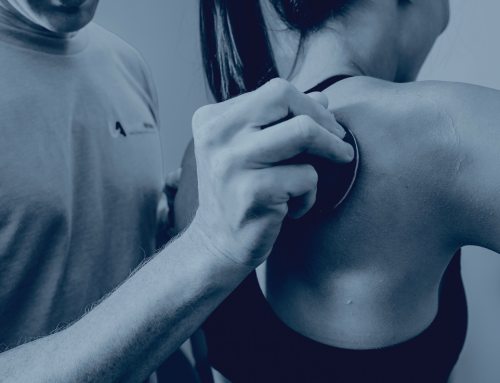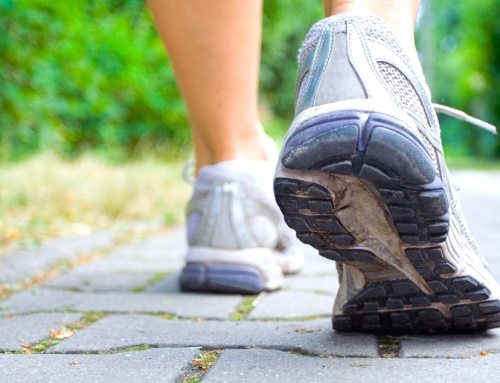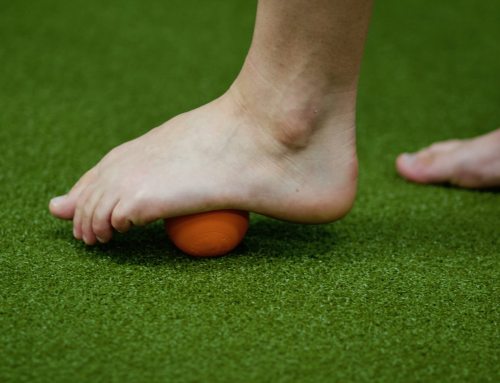It’s No Stretch — Yoga May Benefit Heart Disease
Yoga, once viewed as only for the very fit and flexible, has become as American an activity as jogging and aerobics. It could also be a boon for people with high blood pressure, heart failure, and other forms of cardiovascular disease.
A small but promising body of research suggests that yoga’s combination of stretching, gentle activity, breathing, and mindfulness may have special benefits people with high blood pressure, heart failure, and other forms of cardiovascular disease.
Getting into the various postures during a yoga session gently exercises the muscles. Anything that works your muscles is good for your heart and blood vessels. Activity also helps muscles become more sensitive to insulin, which is important for controlling blood sugar.
The deep-breathing exercises help slow the breathing rate. Taking fewer but deeper breaths each minute temporarily lowers blood pressure and calms the sympathetic nervous system, which is responsible for generating stress hormones. The postures and deep breathing offer a kind of physical meditation that focuses and clears the mind. Meditation and the mindfulness of yoga have both been shown to help people with cardiovascular disease.
Research into the connection between yoga and cardiovascular disease is still in its scientific infancy, but this body of work suggests that yoga may
- reduce high blood pressure
- lower cardiovascular risk factors such as cholesterol levels, blood sugar, and stress hormones
- improve balance, reduce falls, ease arthritis, and improve breathing for people with chronic obstructive pulmonary disease.
- improve symptoms of heart failure
- ease palpitations
- enhance cardiac rehabilitation
Trying yoga
Beginning yoga can be a challenge, so look for a yoga class that includes the full package — poses, breathing, and meditation — before trying one that offers just exercise with a yoga bent to it.
A good yoga instructor creates a safe environment for his or her students and helps them modify poses to meet their abilities and limitations.





